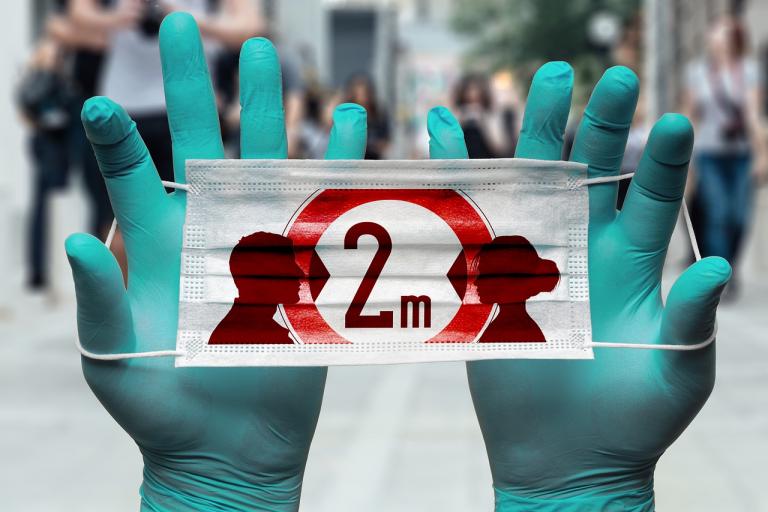
Social distancing seems like an obvious response to a pandemic. If a highly infectious disease is spreading, it would seem that the best way to limit it would be for people to just stay away from each other. How far to take that, of course, is another question–should we keep our distance from each other to the point of shutting down our economy and our society? should this be voluntary or required by the government?–but the basic concept seems to be little more than common sense.
So why hasn’t social distancing, as a government mandated response to epidemics, ever been implemented before? The world has experienced lots of pandemics and health emergencies over the years and even quite recently. But governments have never attempted to lock down their countries like nearly all the world’s governments are doing today with the coronavirus epidemic.
It turns out, the strategy of social distancing and government lockdown was formulated as a specific policy proposal in 2006. It was developed in the aftermath of the SARS epidemic of 2003, a frightening disease to which COVID-19 is closely related but which fortunately fizzled out. And the scientist who first developed the tactic said that he got the idea from his 14-year-old daughter.
So reports Eric Spitznagel in his New York Post article Why American life went on as normal during the killer pandemic of 1969.
The story is about the Hong Kong flu epidemic of 1968-1969. I blogged about that recently in my post The Last Time We Had a Pandemic Like This. Spitznagel gives more details about that disease and how Americans responded to it. Again, it was much like COVID-19 in its symptoms, who was at risk, how infectious it was, and the number of people it killed. As with COVID-19, hospitals were in many cases overwhelmed, bodies piled up and had to be put into storage, famous people died (including actress Tallulah Bankhead and former CIA director Allen Dulles). In total, the Hong Kong Flu killed 100,000 Americans, and between 1 million and 4 million worldwide.
And yet, the Hong Kong flu hardly scratched the awareness of most Americans. The Woodstock music festival went on, with absolutely no social distancing. Schools weren’t shut down, except for a few who had so many sick teachers they couldn’t cover the classes. The press mostly ignored it. Spitznagel says that the New York Post published no stories about the epidemic in 1968. He found a newspaper that published an Associated Press story about the doubling of American deaths in a single week, but it was buried on page 24.
Spitznagel speculates and quotes experts about why the Hong Kong flu left such a small impression as compared to COVID-19. It is an open question whether we were tougher back then or more foolish. But in the course of his discussion, he mentions the origin of our current social distancing tactics:
Much of our current thinking about infectious diseases in the modern era changed because of the SARS outbreak of 2003, which “scared the hell out of many people,” said [author of Killer Flu Jim] Poling. “It’s the first time I recall people wearing masks and trying to distance themselves from others, particularly in situations where someone might cough or sneeze.”
The idea that a pandemic could be controlled with social distancing and public lockdowns is a relatively new one, said [Economist Jeffrey] Tucker. It was first suggested in a 2006 study by New Mexico scientist Robert J. Glass, who got the idea from his 14-year-old daughter’s science project.
“Two government doctors, not even epidemiologists” — Richard Hatchett and Carter Mecher, who worked for the Bush administration — “hatched the idea [of using government-enforced social distancing] and hoped to try it out on the next virus.” We are in effect, Tucker said, part of a grand social experiment.
That the “grand social experiment” of social distancing and government lockdown derived from a 14-year-old girl’s science project by no means implies that these are bad ideas. I say, give the girl, who would be in her twenties by now, the Nobel Prize for Medicine!
What this does show is that what passes for conventional wisdom is often historically conditioned, and that what appears to be spontaneous government action is often the result of deliberate policy decisions.
Image by Gerd Altmann from Pixabay

















